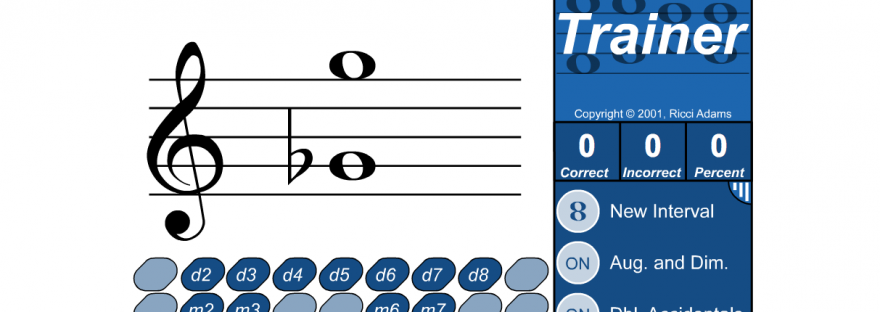At last Saturday’s Piano Party with my students, we played a fun game that I call the Swat-A-Rhythm game. I have seen many variations of this game on various forums and websites, so I am not sure who to credit with the original idea. In any case, I will describe the way I played this game with my students. 🙂 I also have some ideas for varying the game for concepts besides rhythm — such as notes, intervals, melodies, and terms.

Swat-A-Rhythm Game (& Variations)
Materials:
- A fly swatter for each student. My local Dollar Tree store is currently selling some colorful fly swatters for 2/$1.00.
- 5-8 different cards with rhythm examples. (If you don’t already have some, I have a pdf of rhythm cards available for purchase here in my shop.
- Bug cards (optional), for keeping track of points.
Gameplay:
Spread the rhythm cards out on the floor, within reach of each player. After the teacher finishes clapping the rhythm on one of the cards, the first student to swat the correct card earns a bug card. The player with the most bugs at the end of the game is the winner. (Note: You may wish to stress that anyone who swats before the teacher finishes clapping the rhythm cannot win the point.)
I’ve created a free pdf with the bug cards and game instructions. You can download it on the Printables > Games page, by scrolling down to the S’s for Swat-A-Rhythm Game.
It is sometimes challenging to come up with good aural-based games, but I think this one is a winner! My students had fun with the colorful fly swatters, and the game provided an incentive to listen closely to the rhythm.
Variations:
- Swat-A-Note – The teacher calls out a letter of the musical alphabet, and students must swat the flashcard with the correct note on the staff. Or, do it backwards: Hold up a staff note-naming flashcard, and students swat cards that say A, B, C, D, E, F, or G. (If you need some alphabet cards, click here.)
- Swat-A-Piano-Key – After the teacher calls out a letter, students swat the corresponding piano key flashcard. Or, the teacher holds up a piano key flashcard and students swat cards that say A, B, C, D, E, F, or G. (If you need some piano key cards, click here.)
- Swat-An-Interval – After the teacher plays an interval on the piano, the students swat the interval card they heard.
- Swat-A-Melody – Cut a short piece of sheet music into two-measure pieces. The teacher plays random sections on the piano, and students must swat which two-measure section they heard.
- Swat-A-Term — After the teacher reads a definition of a musical term, students must swat the card with the correct term.
I hope your students enjoy this fun, versatile game!


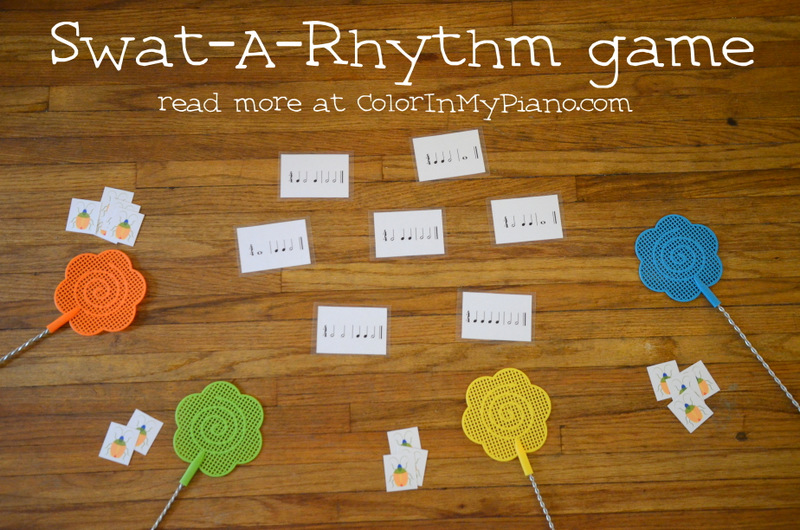
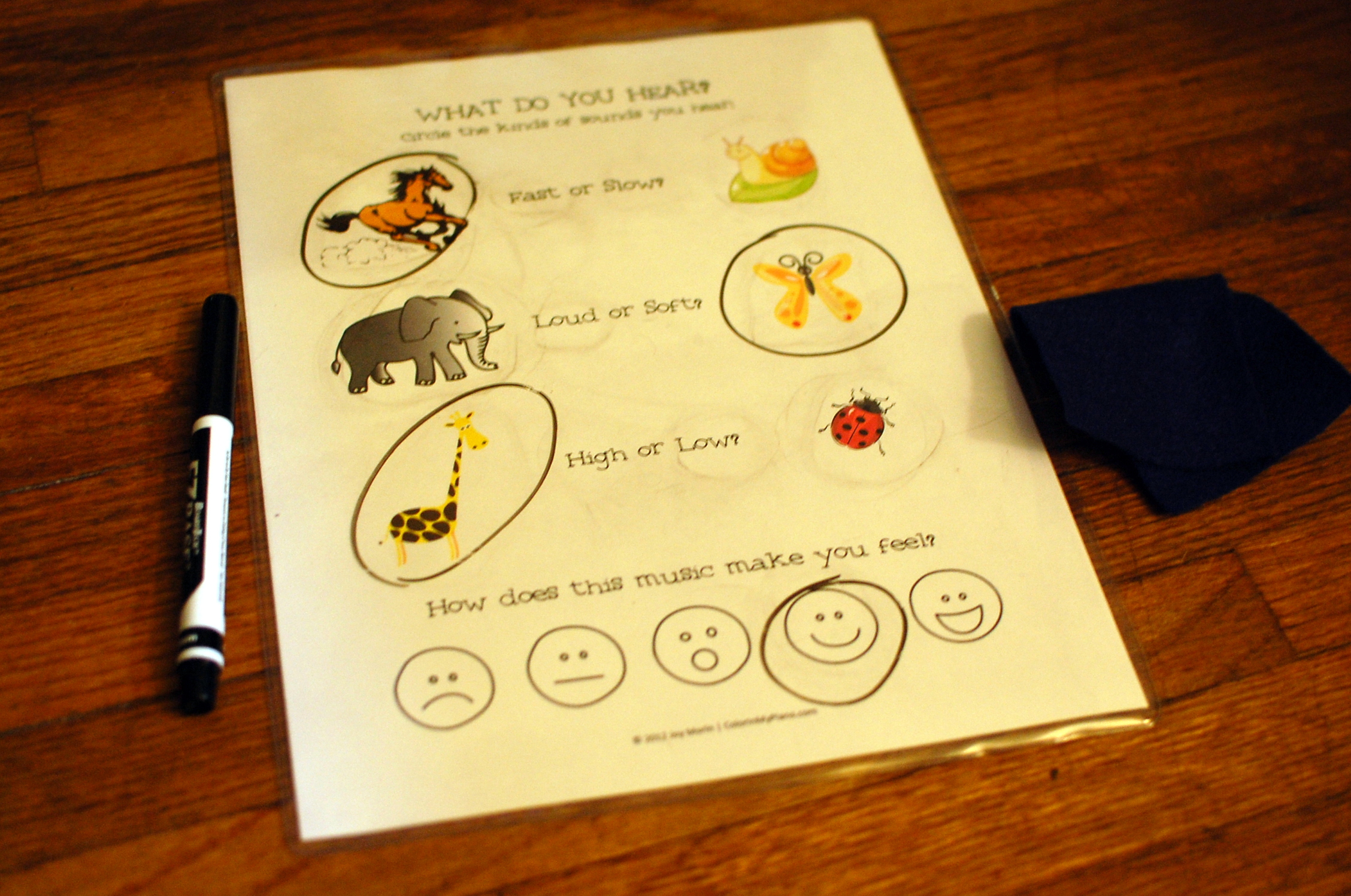
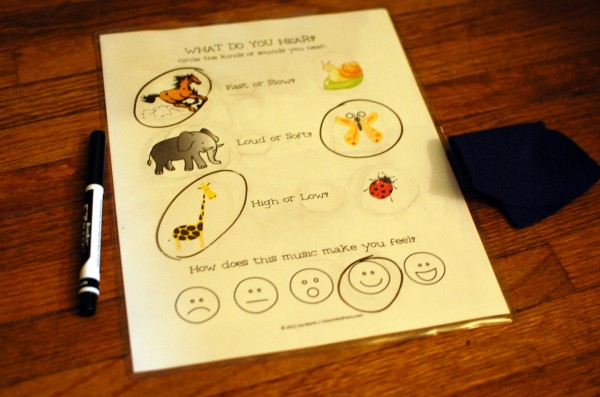
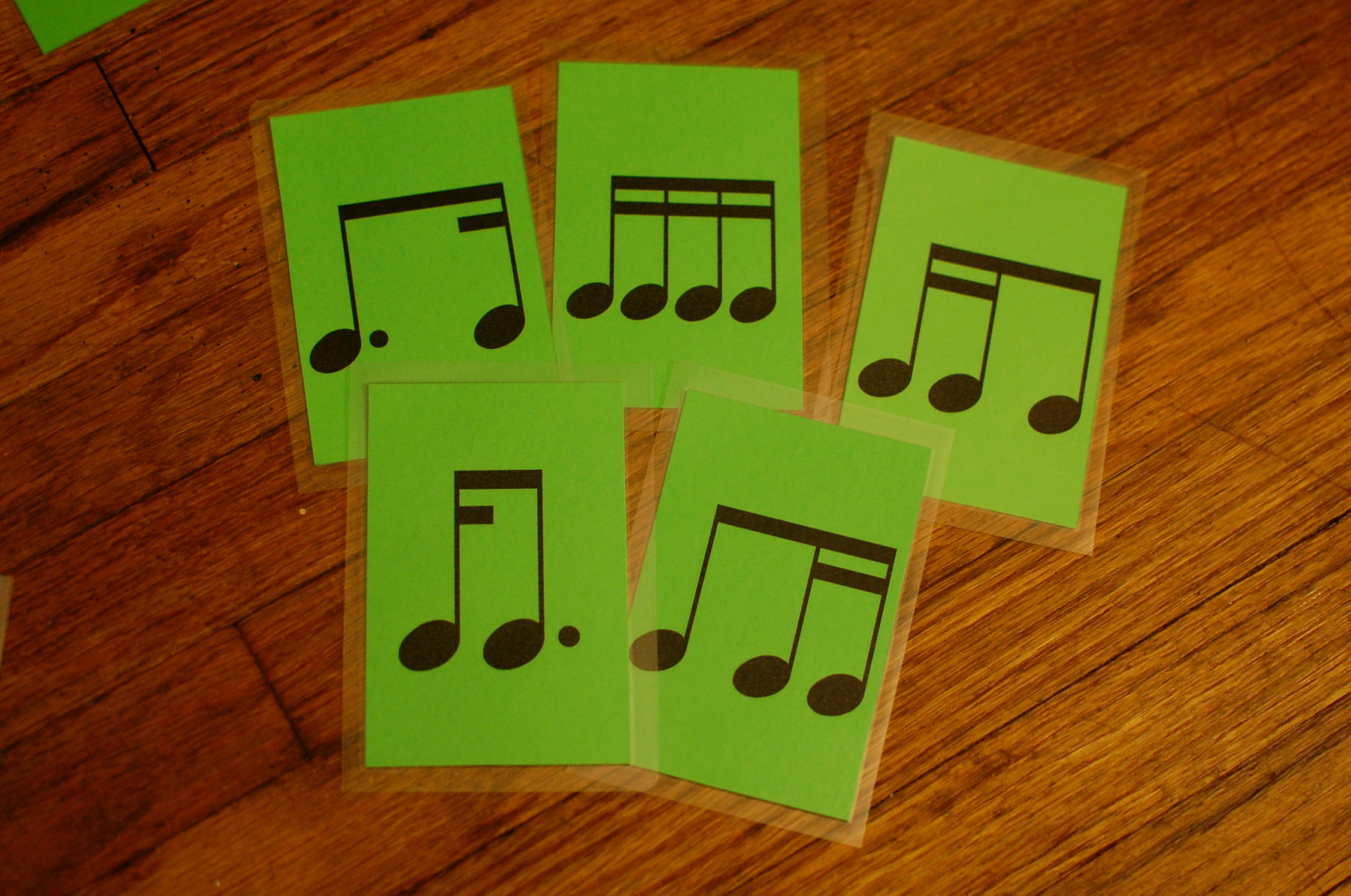
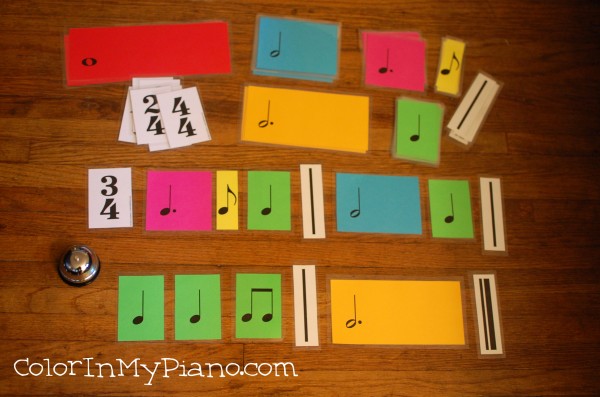
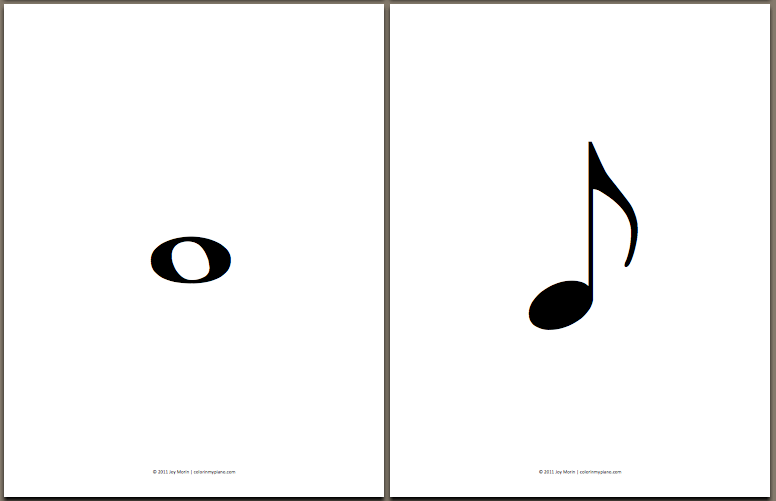
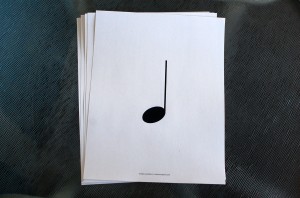 Here’s a fun movement/rhythm game to play with a group of students which I learned from a Dalcroze Eurhythmics instructor. I call it the “Rhythm Magnet Game.”
Here’s a fun movement/rhythm game to play with a group of students which I learned from a Dalcroze Eurhythmics instructor. I call it the “Rhythm Magnet Game.”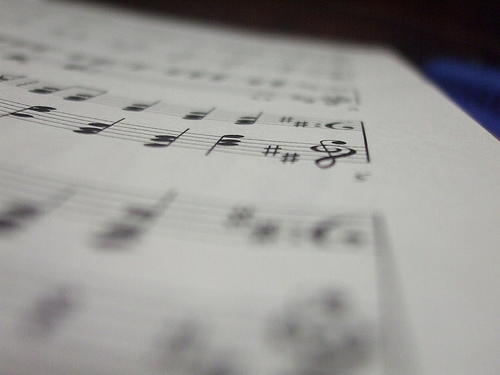
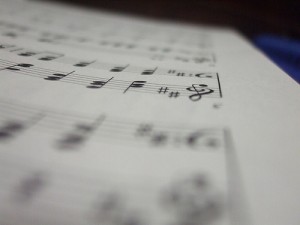 The first look at a new piece is crucial. As accomplished pianists/teachers, we automatically know to scan the piece to check the time signature, key signature, texture, composer, title, etc. before playing through a piece. Of course, we were trained to go through those steps before sightreading through a piece.
The first look at a new piece is crucial. As accomplished pianists/teachers, we automatically know to scan the piece to check the time signature, key signature, texture, composer, title, etc. before playing through a piece. Of course, we were trained to go through those steps before sightreading through a piece.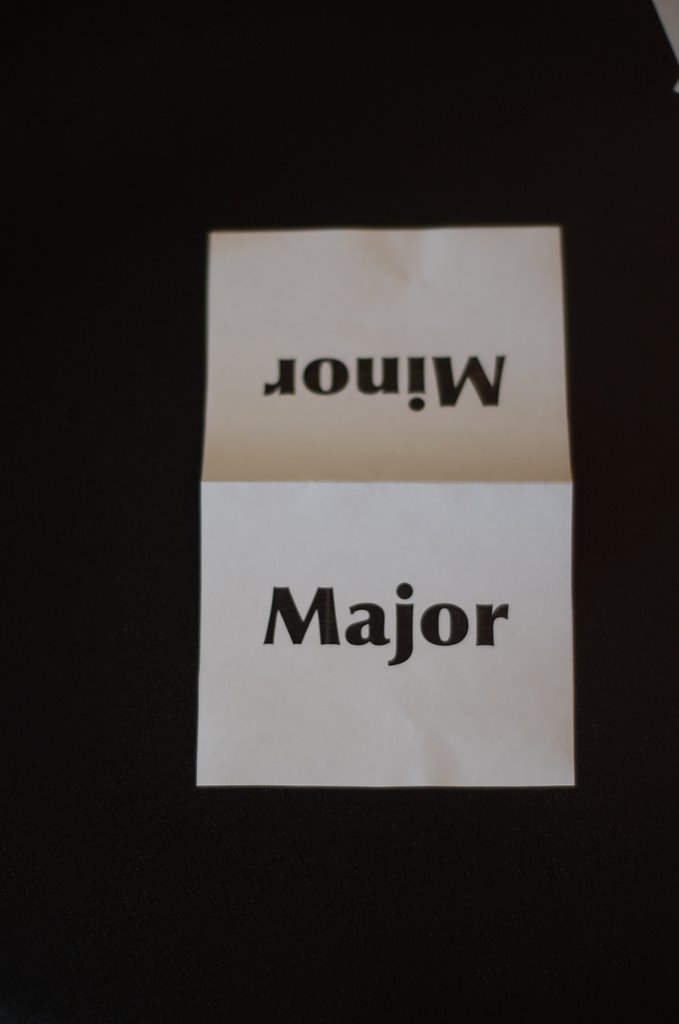
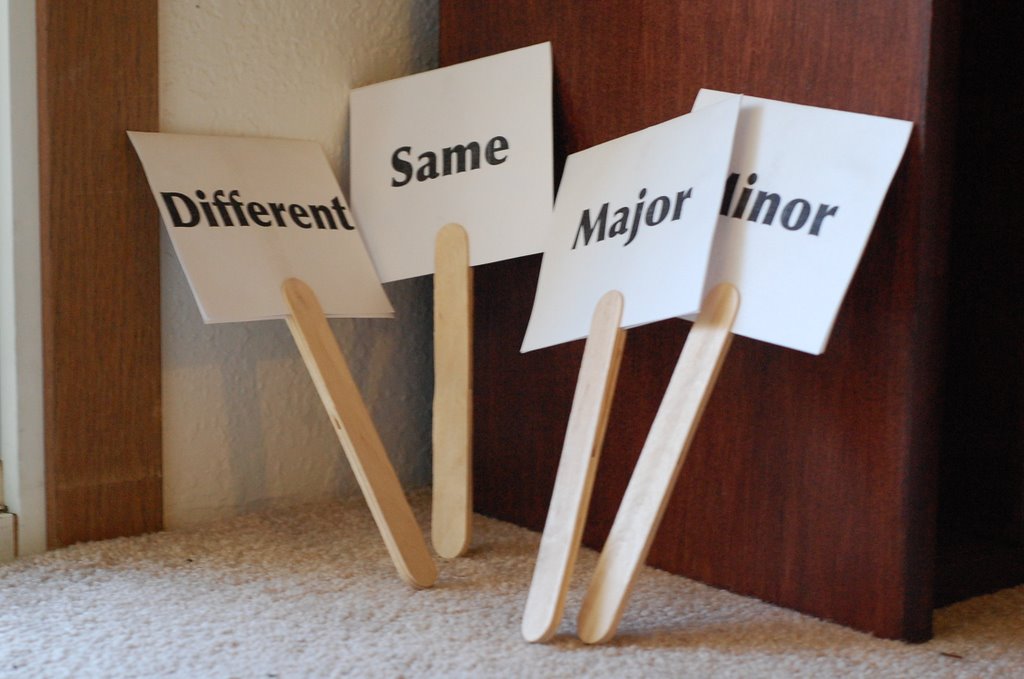
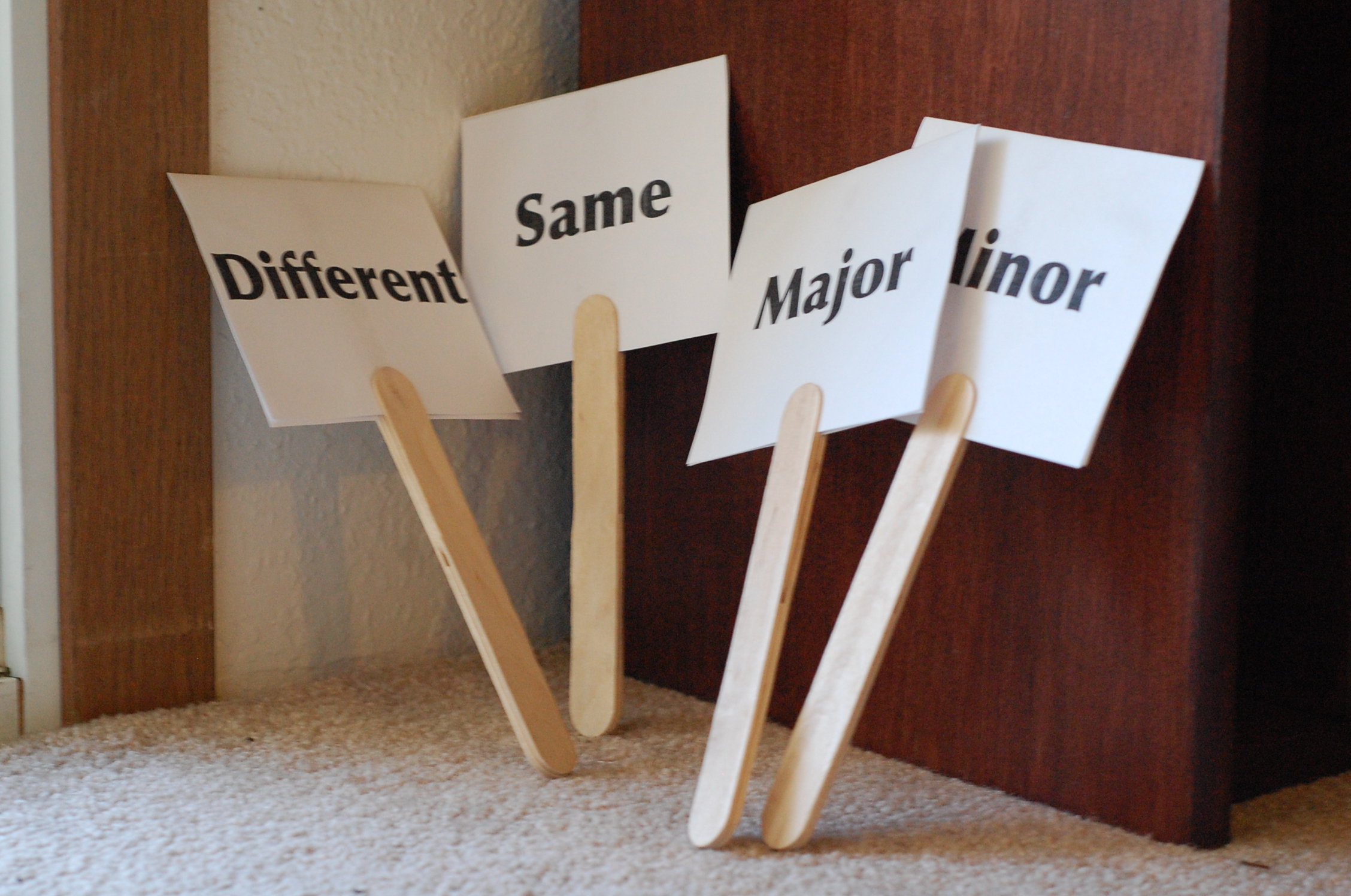
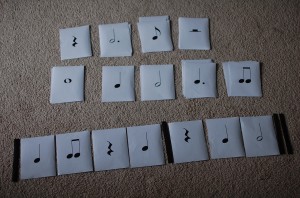 Rhythm Dictation Game
Rhythm Dictation Game